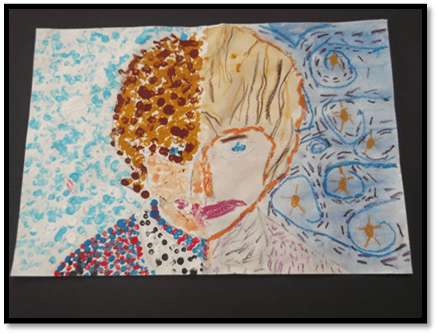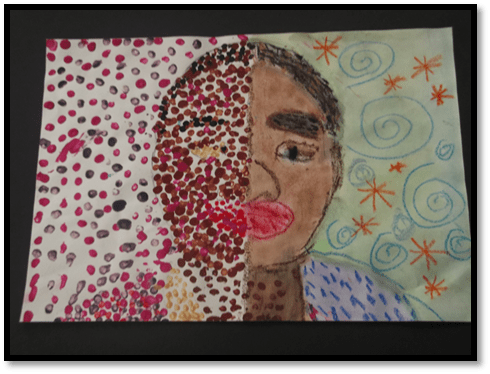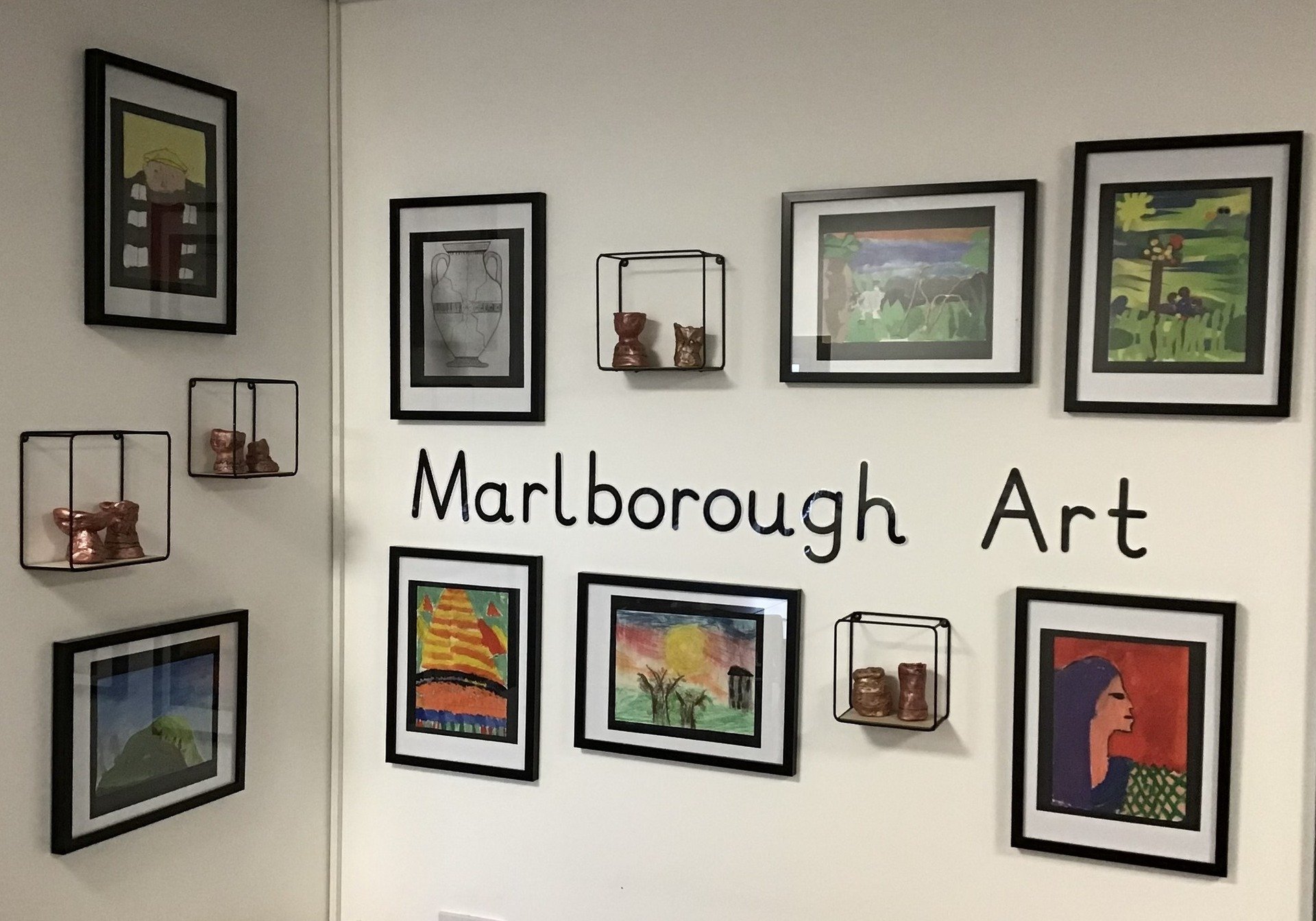Art and Design
At Marlborough Primary School we believe that a high-quality art and design education should engage, inspire and challenge our pupils, equipping them with the knowledge and skills to experiment and create their own works of art, craft and design. As our pupils progress, they will be taught how to think critically and develop a more rigorous understanding of art and design. They will explore how art and design both reflects and shapes our history, and contribute to the culture, creativity and wealth of our nation.
To develop ideas
It is very important that the pupils are given as many real life experiences as possible. They will use a range of materials creatively to design and make products. They will use drawing, painting and sculpture to develop and share their ideas, experiences and imagination. They will create sketch books to record their observations and use them to review and revisit ideas
By the end of KS1 pupils should be able to :
- Respond to ideas and starting points.
- Explore ideas and collect visual information.
- Explore different methods and materials as ideas develop
By the end of KS2 pupils should be able to :
- Develop and imaginatively extend ideas from starting points throughout the curriculum.
- Collect information, sketches and resources and present ideas imaginatively in a sketch book.
- Use the qualities of materials to enhance ideas.
- Spot the potential in unexpected results as work progresses.
- Comment on artworks with a fluent grasp of visual language.
To master techniques
In Art and Design, pupils learn how to develop a wide range of art and design techniques in using colour, pattern, texture, line, shape, form and space. They will learn how to improve their mastery of art and design techniques, including drawing, painting and sculpture with a range of materials
By the end of KS1 pupils should be able to :
- Painting
Use thick and thin brushes. Add white to colours to make tints and black to colours to make tones. Create colour wheels.
- Collage
Use a combination of materials that are cut, torn and glued.
- Sculpture
Use a combination of shapes. Use techniques such as rolling, cutting, moulding and carving.
- Drawing
Draw lines of different sizes and thickness. Colour (own work) neatly following the lines. Show different tones by using coloured pencils.
Mimic print from the environment
- Textiles
Use weaving to create a pattern. Join materials using glue and/or a stitch. Use plaiting. Use dip dye techniques
- Digital Media
Use a wide range of tools to create different textures, lines, tones, colours and shapes.
By the end of KS2 pupils should be able to :
Painting
Sketch (lightly) before painting to combine line and colour. Create a colour palette based upon colours observed in the natural or built world. Use the qualities of watercolour and acrylic paints to create visually interesting pieces. Combine colours, tones and tints to enhance the mood of a piece. Use brush techniques and the qualities of paint to create texture. Develop a personal style of painting, drawing upon ideas from other artists.
Collage
Mix textures (rough and smooth, plain and patterned). Combine visual and tactile qualities. Use ceramic mosaic materials and techniques.
Sculpture
Show life-like qualities and real-life proportions or, if more abstract, provoke different
To take inspiration from the greats
In Art and Design, our pupils our learn how to develop a wide range of art and design techniques in using colour, pattern, texture, line, shape, form and space. They will learn how to improve their mastery of art and design techniques, including drawing, painting and sculpture with a range of materials [for example, pencil, charcoal, paint, clay]
By the end of KS1 pupils should be able to :
- Describe the work of notable artists, artisans and designers.
- Use some of the ideas of artists studied to create pieces.
By the end of KS2 pupils should be able to :
- Give details (including own sketches) about the style of some notable artists, artisans and designers.
- Show how the work of those studied was influential in both society and to other artists.
- Create original pieces that show a range of influences and styles.
Art Gallery
We feel it is important to showcase how talented our children are, so we have an Art Gallery in school.
Key Documents
Art & Design- Intent, Implementation and Impact
 |
 |






















